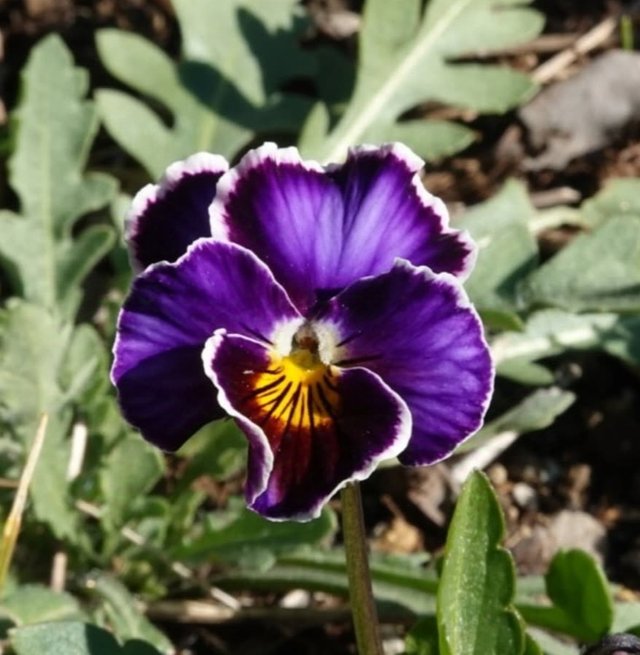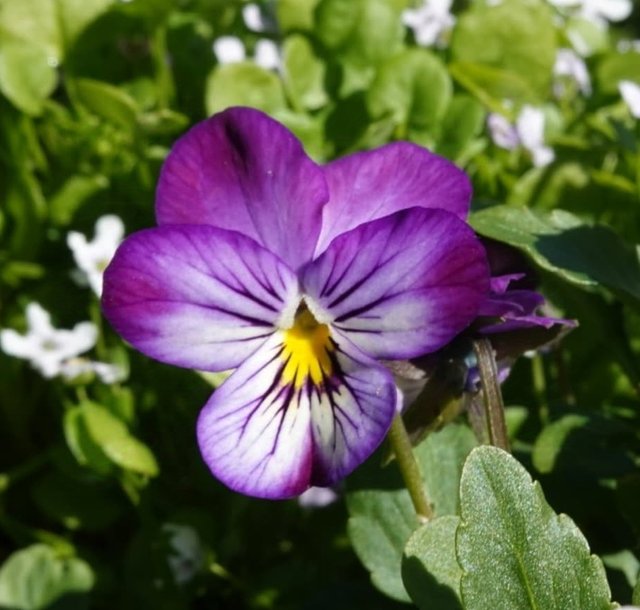So Beautiful Pansy Flower
The Beauty and Symbolism of Pansies
Pansies, those charming little blooms with their vivid colors and distinctive “faces,” have captivated gardeners and flower enthusiasts for centuries. Belonging to the Viola genus, pansies are among the most recognizable garden flowers, celebrated not just for their beauty but also for the depth of meaning they carry in folklore, literature, and history.
Origins and Botany
The pansy, scientifically known as Viola tricolor var. hortensis, is a cultivated hybrid derived from the wildflower Viola tricolor, also called heartsease. Native to Europe and western Asia, wild pansies have been admired for their subtle beauty and resilience. The modern garden pansy, however, is the result of centuries of selective breeding, yielding larger, more colorful flowers than their wild ancestors.
Pansies are cool-weather annuals or biennials, thriving in spring and fall gardens. Their compact growth habit, paired with vibrant, often multicolored petals, makes them a favorite for borders, containers, and ground cover. With a wide palette ranging from deep purples and blues to bright yellows and whites, pansies offer endless possibilities for garden design.
Symbolism and Folklore
The pansy has deep roots in symbolism. Its name is derived from the French word pensée, meaning “thought.” This connection to thoughtfulness and remembrance has made the pansy a popular flower in art and literature, often representing contemplation and love in absentia.
In Shakespeare’s A Midsummer Night’s Dream, the pansy, referred to as "love-in-idleness," plays a pivotal role in the story. Its juice, according to the play, causes those who are touched by it to fall in love with the next person they see. This mystical attribute reflects the pansy’s enduring association with love and emotion.
During the Victorian era, pansies were often included in bouquets to convey secret messages. A gift of pansies might signify "thinking of you" or a tender affection, depending on the context.




